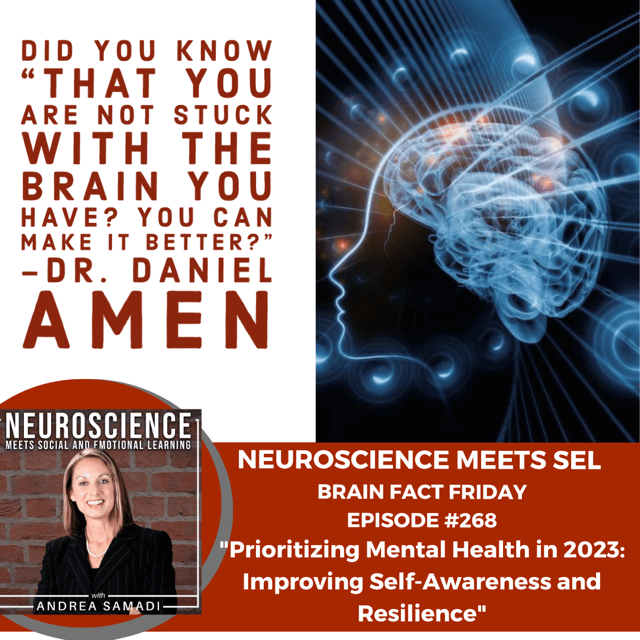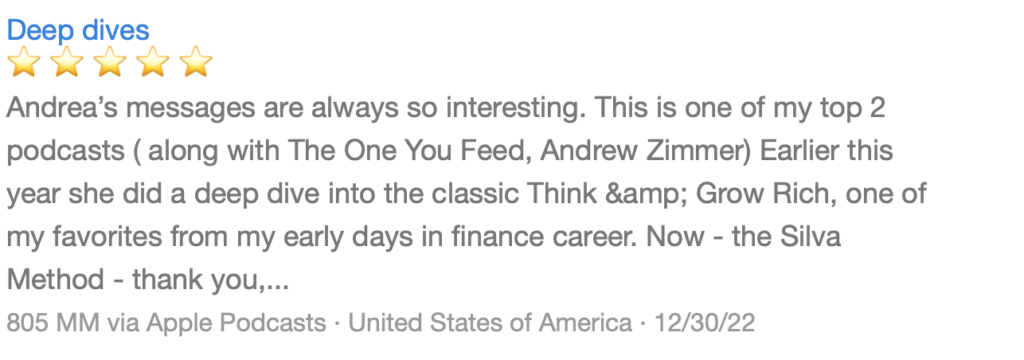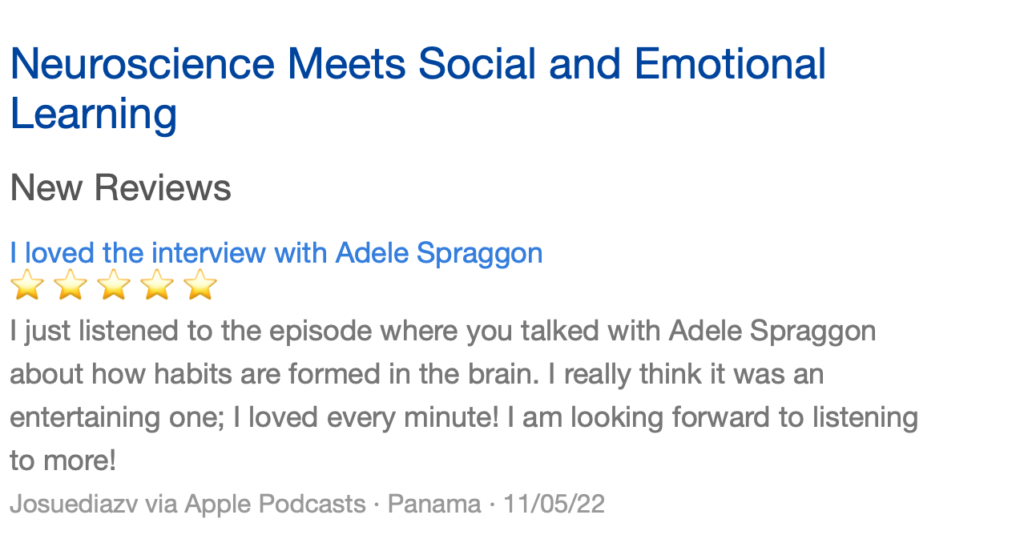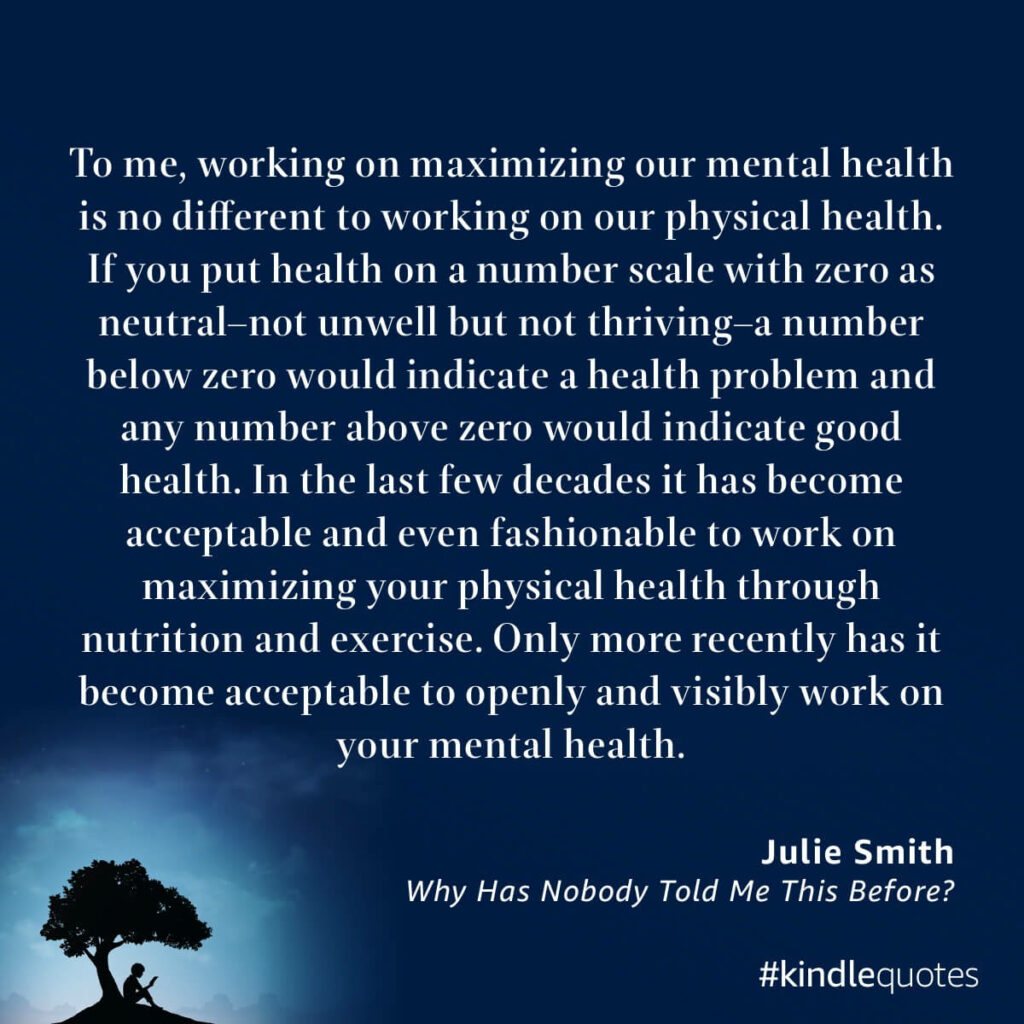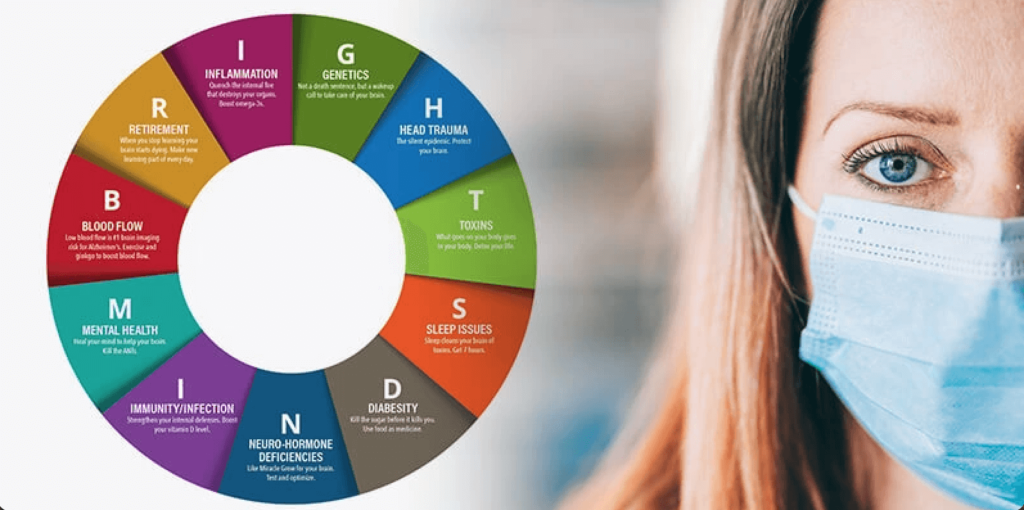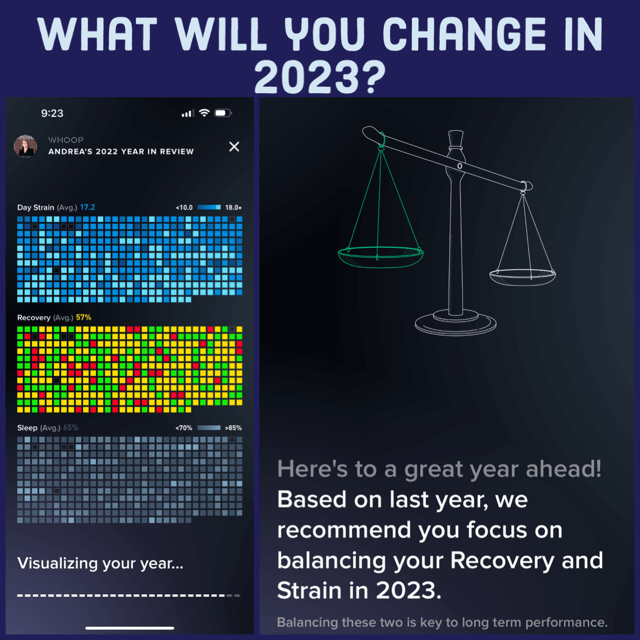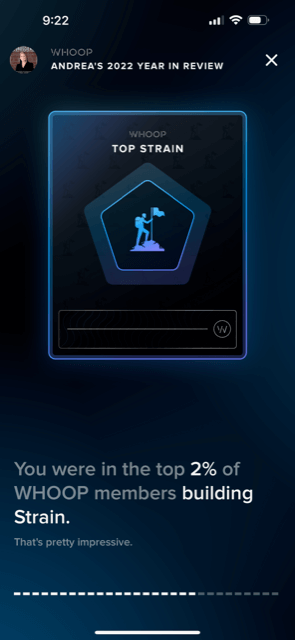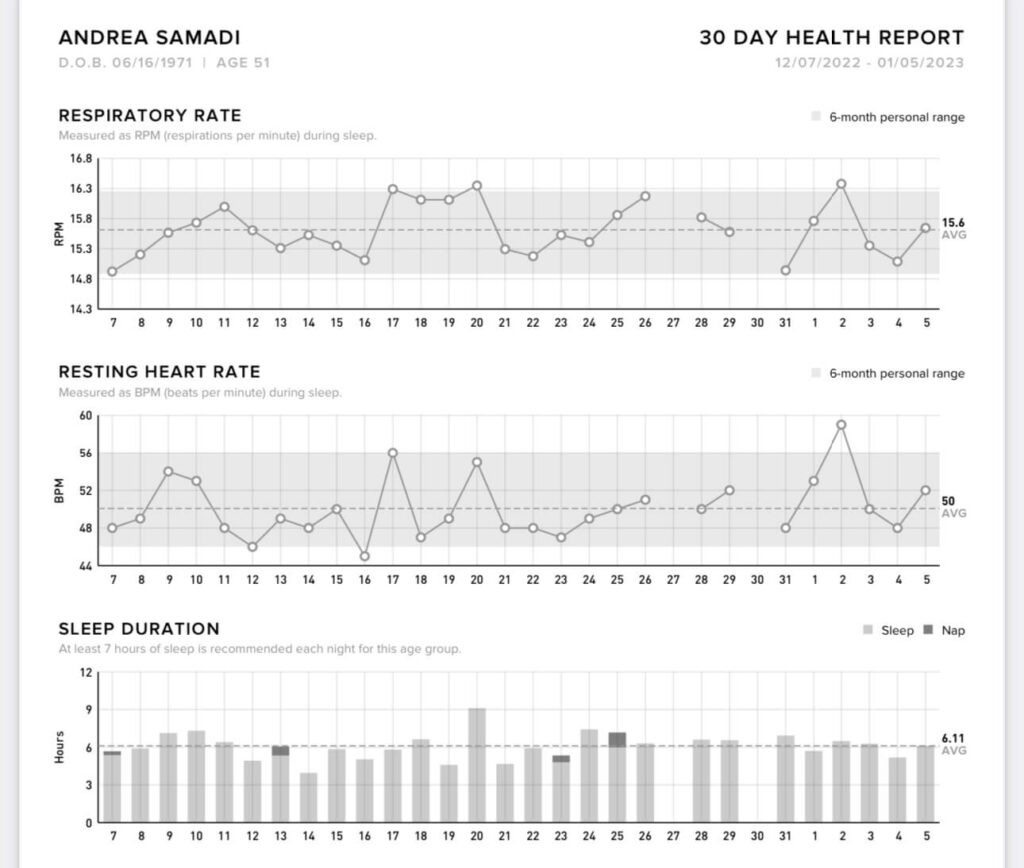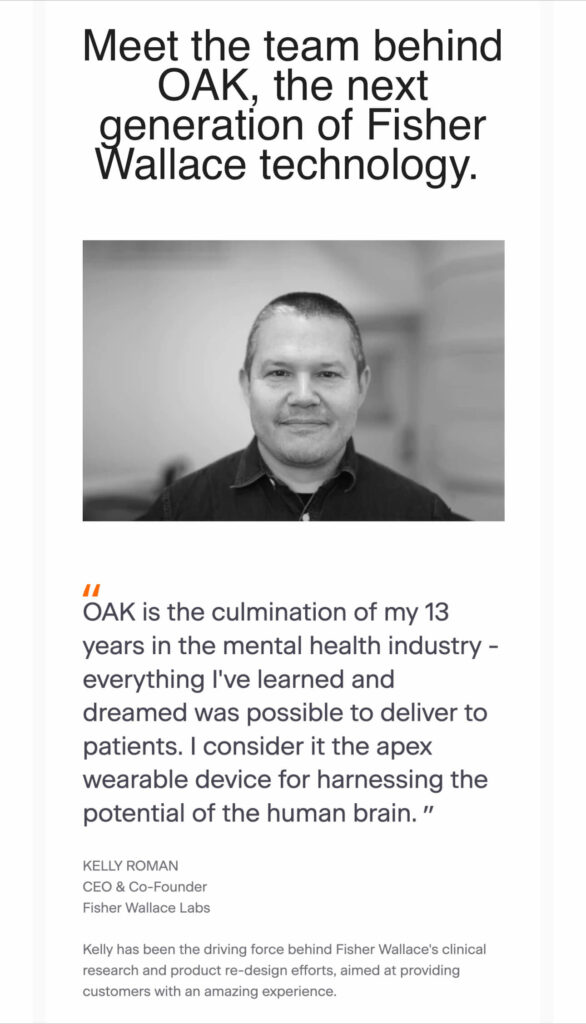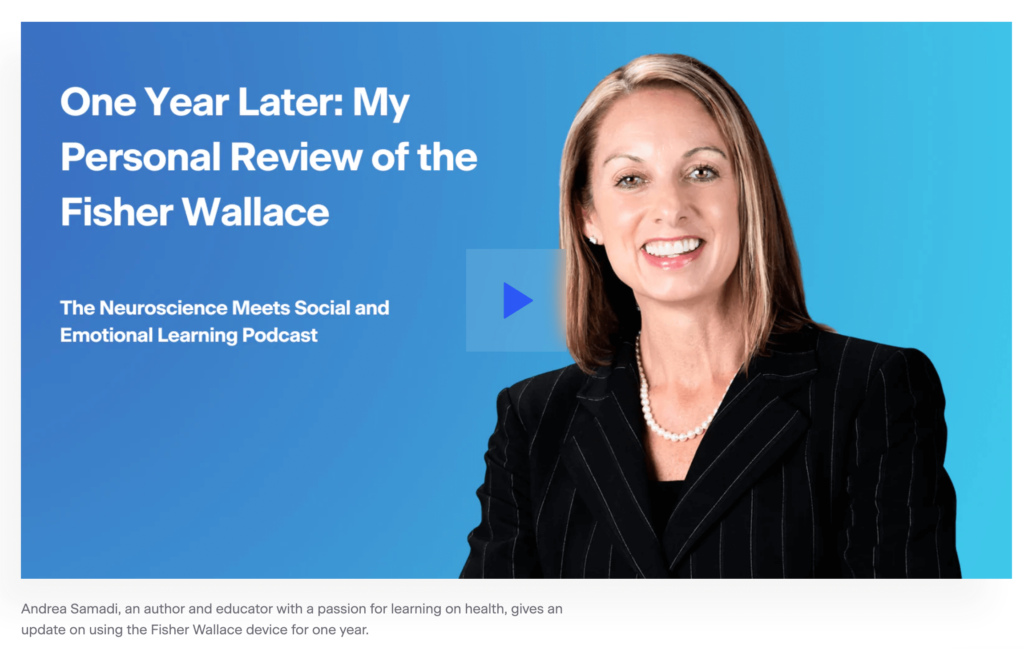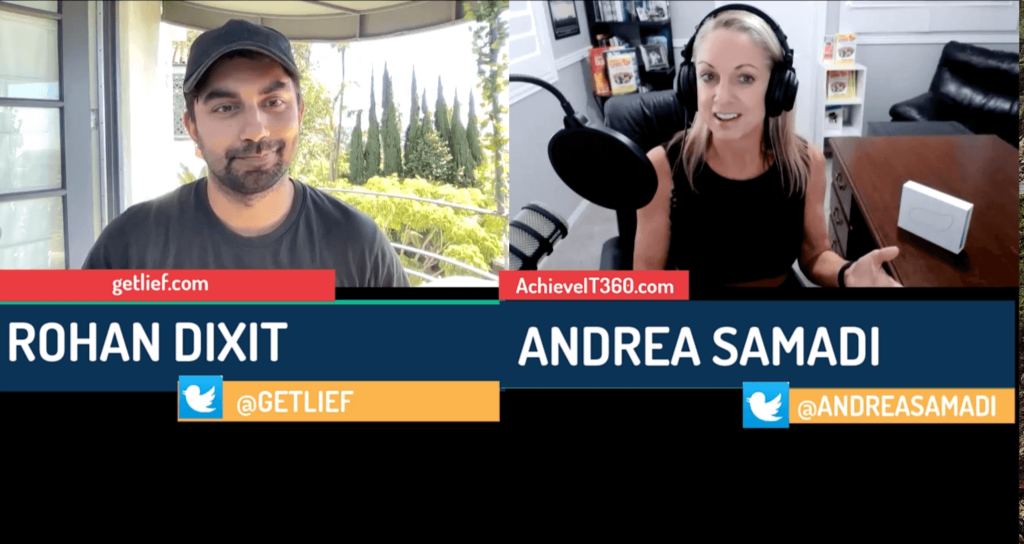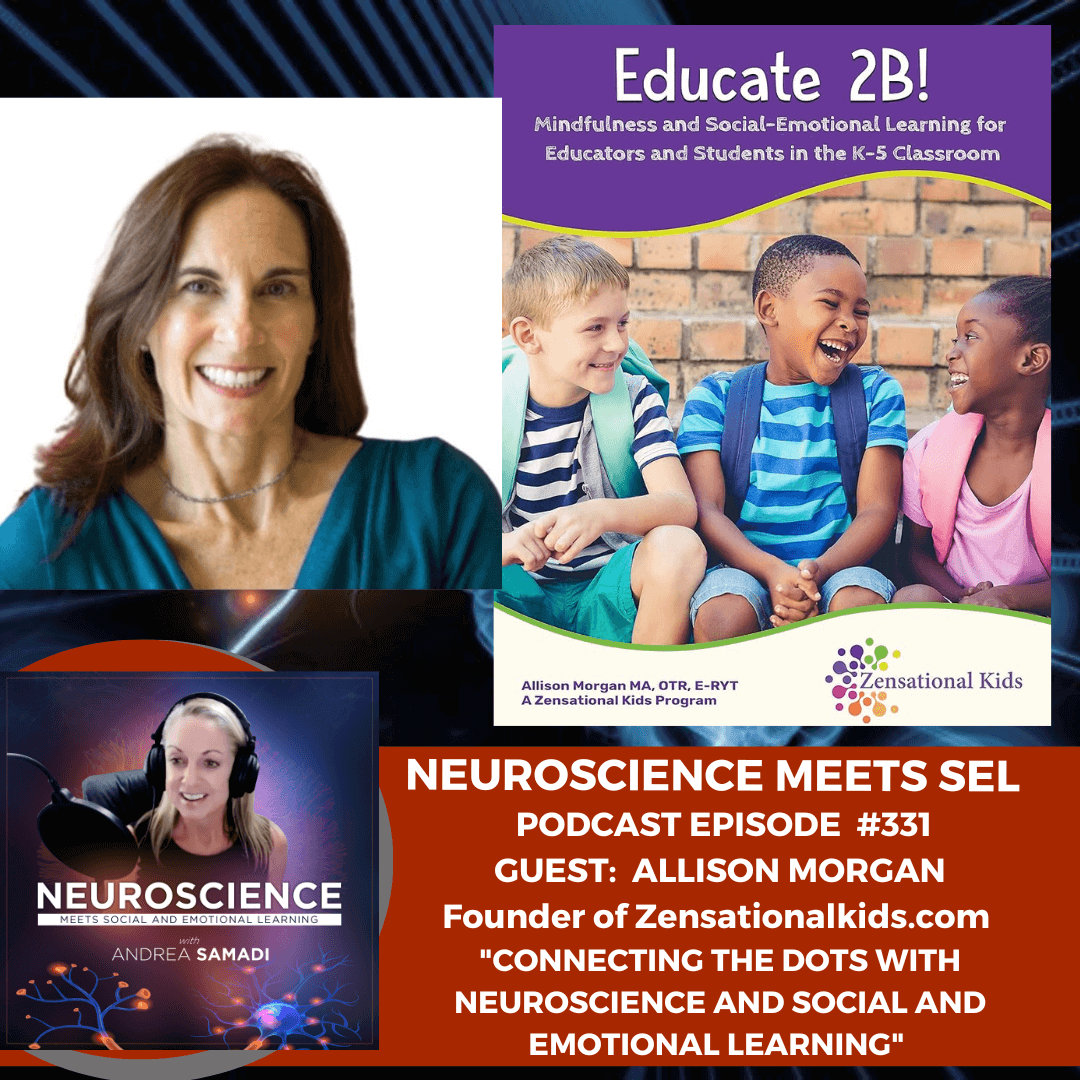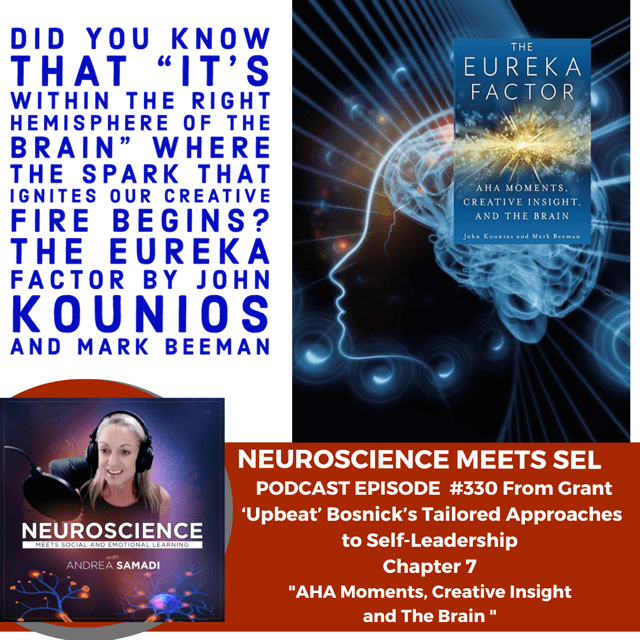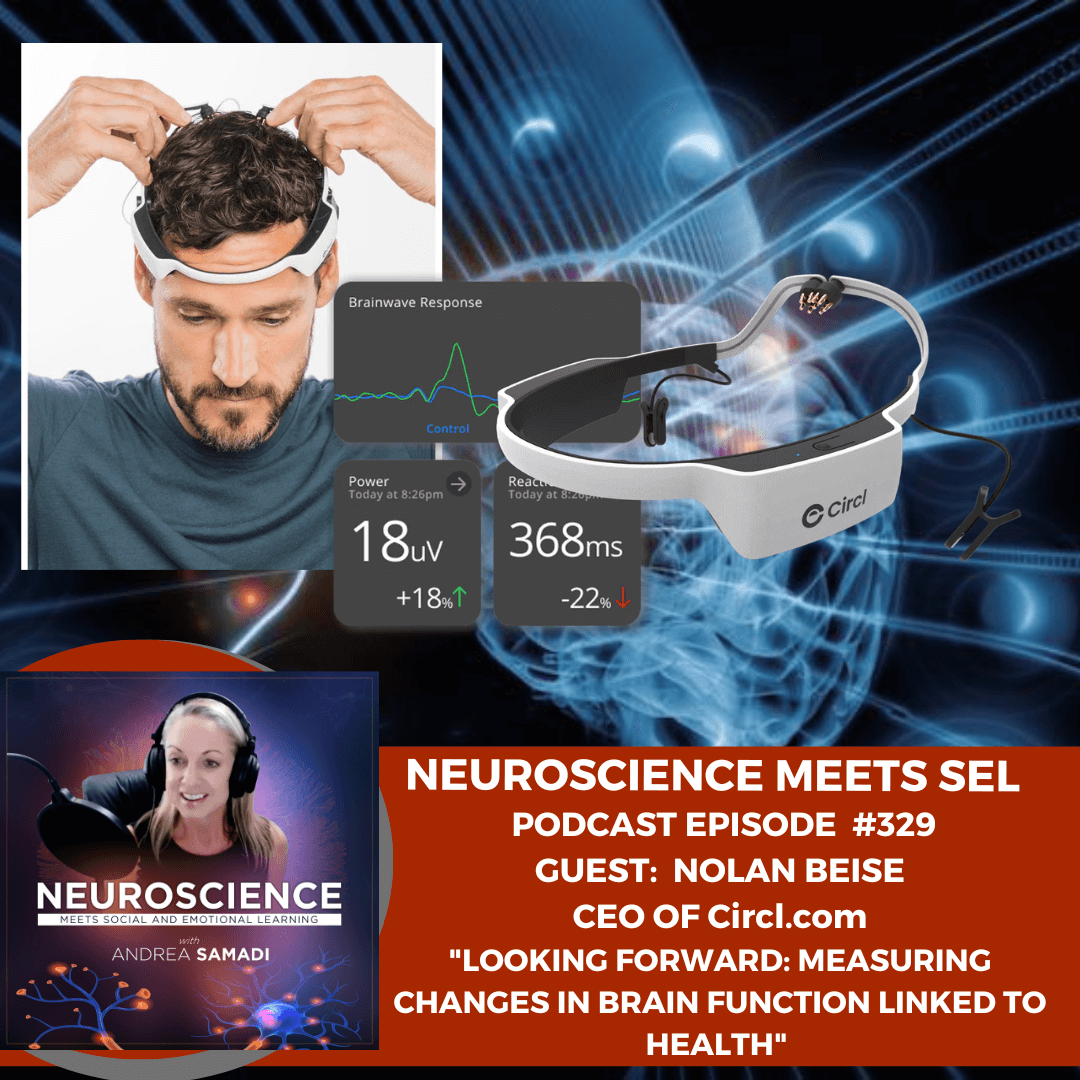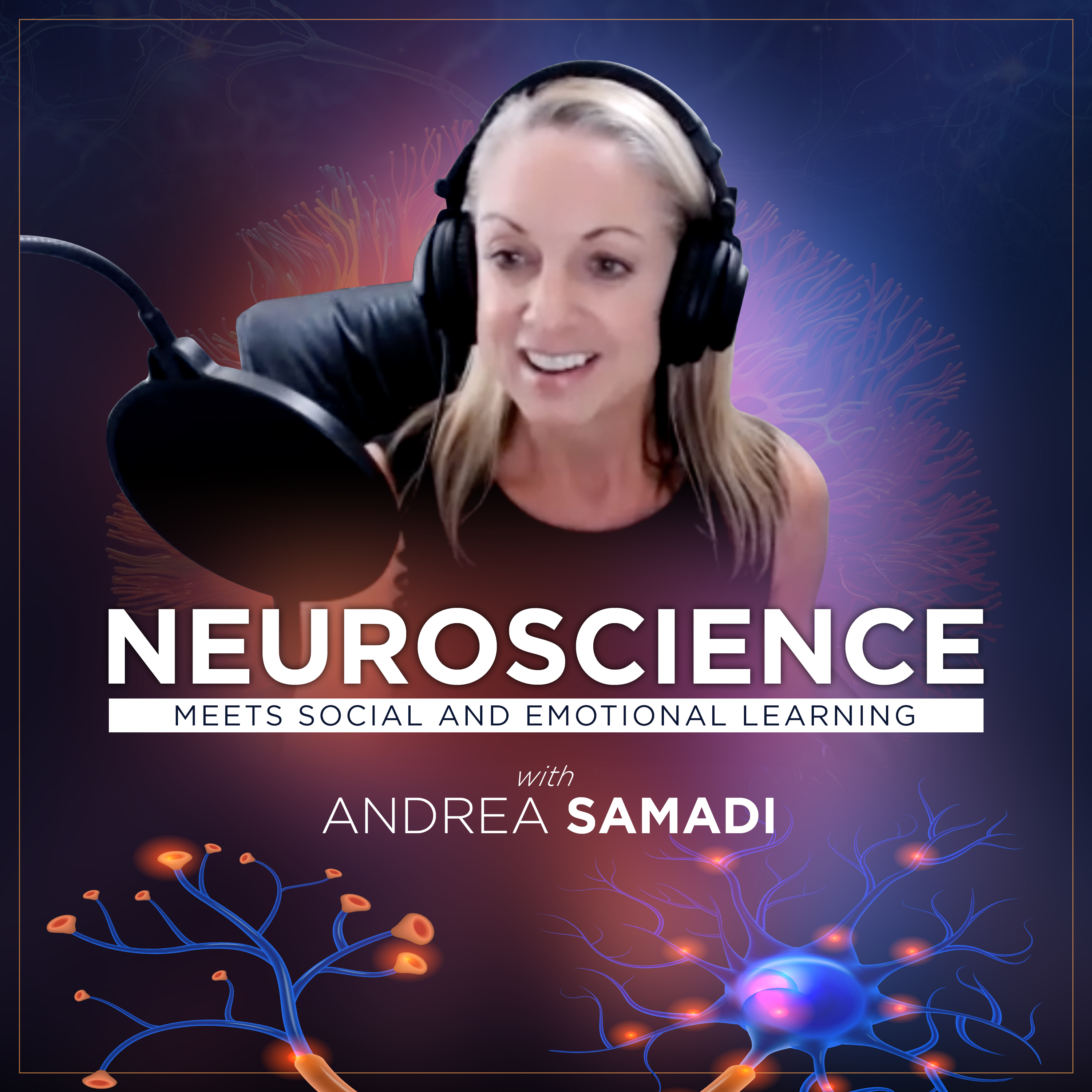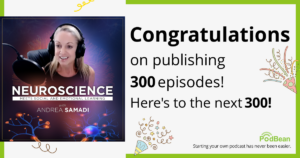Happy New Year, and welcome back to our 9th Season, approaching our 4th year of The Neuroscience Meets Social and Emotional Learning Podcast. For those returning, welcome back and for new listeners, I’m Andrea Samadi an author and educator, who launched this podcast in June 2019, for many reasons, but the one that stands out the most today, is to amplify the best practices, tools, strategies and ideas, from authors, experts and leaders who’ve risen the top of their field, to improve productivity in our schools, sports environments and modern workplaces, by connecting an understanding of our brain to their proven strategies.
On today’s Episode #268 we will cover
✔ An Introduction to Season 9 of our Podcast: Neuroscience: Going Back to the Basics
✔ Intro to “Prioritizing Our Mental Health in 2023: Building Self-Awareness and Resilience in the New Year.”
✔ 4 TIPS for Putting our Mental and Physical Health First in 2023 with our Brain in Mind.
This season we will be focused on Neuroscience: Going Back to the Basics for the next few months, as we welcome some phenomenal pioneers in the field of Neuroscience, paving a pathway for all of us to navigate our lives with more understanding with our brain in mind. My goal with this next season (that will run until the end of June) is that going back to the basics will help us to strengthen our understanding of the brain, and our mind, to our results, and provide us with a springboard to propel us forward in 2023, with this solid backbone of science. Going back to the basics is something we do without thought while teaching a lesson in the classroom, or with skill-building in sports, and it’s at the root of our performance improvement plans in the workplace, so before moving forward, I wanted to take some steps back a bit, to intentionally strengthen our direction with this podcast.
Before moving forward, I do want to thank our listeners who have taken the time to post a review of the podcast on Apple iTunes. This helps us a lot, so other listeners can learn about the content, and your take-aways, so thank you to Joseue Diaz from Panama for letting me know you enjoyed the episode with Adele Spraggon, about how habits are formed in the brain, and from a review from a faithful listener who let me know you’ve enjoyed our Deep Dives of Napoleon Hill’s Think and Grow Rich book, and Jose Silva’s Program. Reviews like this make my day, and are extremely motivating to me, especially as I am sitting at my desk, working on finalizing an episode. Thank you for sending the motivation back my way.
For today’s episode, #268, and our FIRST episode of 2023, BEFORE we dive deeper into the Basics of Neuroscience, I want to begin our year on solid footing, going back to the basics of health by “Prioritizing Our Mental Health in 2023: Building Self-Awareness and Resilience in the New Year.” My good friend, and 2-time returning guest Assistant Superintendent for Teaching and Learning, and author of the book, Significant 72: Unleashing the Power of Relationships in Today’s Schools[i] Greg Wolcott, who was on our 7th episode, as well as our #64th[ii] sent me an email this week that got me thinking of how to launch our year. I already had written out “back to the basics” all over my office, but his email gave me some more direction. He sent me the cover of Dr. Julie Smith’s book Why Has Nobody Told Me This Before[iii] and I immediately downloaded her book, and began to connect the dots for this episode. In the beginning of her book, Dr. Julie Smith says,
It was the last line that she wrote “only more recently has it become acceptable to openly and visibly work on your mental health” that got me. She’s 200% right. How many photos have I seen of people working out at the gym at the start of the year, compared to those working on their mindset or mental health? You know, what goes on inside, shows up loud and clear on the outside. We can exercise our body till our legs shake, but if we ignore our mental health, it will, over time, be apparent.
I think back to a review we did on psychiatrist and brain disorder specialist Dr. Daniel Amen’s book The End of Mental Illness[iv] where something Dr. Amen said stuck with me over the years, and that’s that “most of us will have a mental health issue in our lifetime—and that “normal” is a myth..that 51% of us will have a mental health issue (post-traumatic stress, depression, anxiety, addiction, an eating disorder)”[v] showing me that it’s more normal to have a problem, than not.
So today we will focus on our mental health, with a few tools, strategies and ideas that we’ve uncovered over the past few years, to help all of us put our brain health first this year. This is keeping in theme of going back to the basics.
For this week’s Brain Fact Friday, and launch of our New Year,
DID YOU KNOW that “You are not stuck with the brain you have? You can make it better?” –From Dr. Daniel Amen, who said that in his online course Brain Thrive by 25 and he adds, “your history is not your destiny.” He reminds us to be aware of our genetic vulnerabilities, but that “we can change the structure and function of our brain” by doing things a certain way.
Before going into “this certain way” that we can use to change the structure and function of our brain, I wonder, do you know YOUR genetic vulnerabilities?
What steps are you taking to move beyond them? Dr. Amen speaks clearly and openly about his, and I’ve been open about mine on this podcast. I’m fully aware that depression runs in my family, so years ago, I put certain habits like exercise and healthy eating as priority, and it’s not something I even think about anymore. It became a healthy, daily, non-negotiable habit. When you can focus on brain health first, everything else will fall into place, and family history, or genetics can be changed.
Here’s the Tips We’ve Gathered to Help All of Us Put Our Mental Health First in 2023.
TIP 1: USING EXERCISE TO CREATE MORE BRAIN RESERVE AS WE AGE: Who doesn’t want to look younger, as the hands of time move forward? We covered this one on episode #128[vi] with our review of Dr. Daniel Amen’s The End of Mental Illness book, but just as a review, look at the graphic he created with the ACRONYM BRIGHT MINDS and listen to this past episode if you want to review ALL of the brain tips we have for each of the letters of BRIGHT MINDS but for today, we will cover the first letter, B that stands for BLOOD FLOW.
If your brain doesn’t get enough blood flow its function will be compromised”[vii] so Dr. Amen believes “the number one strategy to support your brain and mental health is to protect, nurture, and optimize your heart and blood vessels”[viii] and exercise pumps blood to the brain. I know we hear it everywhere, but daily exercise is often written as a prescription for someone suffering with mental health issues, and this explains why.
DID YOU KNOW THAT “Blood vessels age, not your brain cells? Keep blood vessels healthy so blood flows to your brain.”[ix]
BRAIN TIP: You can keep your blood vessels healthy with moderate exercise 5 days/week and weight training 3 times/week. I know we all have heard how important exercise is for our health, it’s one of the top 5 health staples we have been covering on the podcast, and one area we dove deep into recently on EPISODE #252[x], but have you thought about it from this point of view? Keeping our heart healthy, keeps our blood vessels healthy, and helps blood flow to our brain. When you follow Dr. Amen’s work, you will quickly learn how important blood flow is to the brain. When looking at a brain scan from his clinics, you will notice there are places with holes, and the hole you see represents a 45% drop in blood flow to that area. So, it’s important to understand ways to increase blood flow to your brain (like with exercise) as well as what lowers blood flow in your brain (more than 2 cups of caffeine/day, smoking, lack of sleep, excessive alcohol use).[xi]
TIP #2 FIND YOUR BALANCE POINT BY MEASURING YOUR WORKOUTS
This next point I have to add, after tip #1, as each of us will have different needs when it comes to “how much” exercise we will need to do each week. We’ve covered this topic on The Top 5 Health Staples[xii] with tips of where to begin with an exercise plan in addition to the other health staples, but after measuring my workouts using the Whoop device the past 2 years, I think it’s important to note that while daily exercise is important to keep our blood vessels and brain healthy, that finding our own individual balance point will help us physically, as well as mentally. At the end of this year, I received a report from Whoop that showed me loud and clear that while I was in the Top 2% for Strain Levels, of the entire Whoop community, consisting of many professional level athletes, that they recommend I find a better balance between my recovery and strain. In 2023 I don’t need to push so hard, that will be good for short-term fitness gains, but will not help me with long-term performance. Understanding this information was eye-opening, as I use exercise to solve all my problems, (mental health and physical) but this comes at a risk over overdoing it, which won’t help me in the long run. (pun intended here).
DID YOU KNOW THAT “when your recovery is high, your body is primed to take on more strain? (and you can get a green light to workout) But when your recovery is low, you may be at risk of overtraining (during intense workouts)[xiii]” (Whoop.com) and could use some rest. One quick glance at my yearly recovery rates you can see that I mostly had yellow recoveries (there were actually 192 days where my body wasn’t fully recovered and 122 days where it was recovered (green). These numbers can show me what to change/improve in 2023 so I can have more days where my body is “recovered” strong and ready to take on more strain (mental as well as physical) and that on yellow or non-recovered days, I can focused on less intense workouts to give me more capacity in my day. This will require a change in behavior on my end, but without this data, I’d be at risk of longer-term injury that you better believe would impact my mental health.
BRAIN TIP: I’m sure we’ve all heard that “If you don’t make time for your wellness, you’ll be forced to make time for your illness” but also too much time focused on wellness isn’t the answer either. FIND YOUR OWN BALANCE. When you can find a way to measure how well your body is recovering on a day to day basis (I use the Whoop device-you can learn more with EPISODE #134[xiv] with our interview with Kristen Holmes, VP of Performance Science at Whoop) but there are other tools out there that measure sleep in addition to other vital information, so you can see a snapshot of your overall physical health to show you where you are on a daily and monthly basis against your baseline. You can see my report in the show notes measuring respiratory rate (is the amount of breaths I take per minute while at rest-which increases with illness or when I travel to places with higher altitudes) showing me more rest is needed when this number elevates. Resting heart rate (the number of times my heart beats while at rest) is an indicator of cardiovascular health, also alerting me when more rest is needed, and the report shows me that my average night of sleep still falls below the recommended 7 hours of sleep, something I’m still working on improving, that you’ll see with our next tip.
TIP #3 BE OPEN TO TOOLS THAT ARE HELPING OTHERS
When I first interviewed Kelly Roman[xv], the CEO of Fisher Wallace on their brain stimulator device for anxiety, depression and sleep management, I had no idea that my review of this device would have such a strong reach. EPISODE #120[xvi] of “My Personal Review of the Fisher Wallace Wearable Medical Device” has had over 6,300+ downloads and I think there was such an interest in this one since we know that there has been “a global increase in depression and anxiety with tens of millions of additional cases reported globally[xvii] (since the Pandemic) and from the emails I’ve received since this review, it’s clear that people are still searching for answers. Looking back, I remember thinking “I’ll use this device long enough to gather some data for the review” and didn’t plan on using it past the four weeks I was measuring my sleep. I remember being shocked at how much this device made an impact on my WASO (Wa-SO) score (or wake after sleep onset) that I still keep an eye on today as well I noticed it unexpectedly improved my mood, and anxiousness throughout the day.
You can see this review one year later from July 2022, EPISODE #231[xviii] posted on their website, under their review section, and probably why I receive so many emails about this device. To update even further, I still use the Fisher Wallace Device every morning, for 2 20 minute sessions, while meditating, and I do put it on the highest level to maximize the benefits. I also still read every email the company sends out on their mailing list, and just before Christmas noticed that they have a NEW product coming out. I’ve already reached out to Kelly Roman to see if we can have him back on the podcast, but about his email release of this new product, he reveals its name, saying, “OAK (the new wearable device) is the culmination of my 13 years in the mental health industry—everything I’ve learned and dreamed was possible to deliver to patients. I consider it the apex wearable device for harnessing the potential of the human brain.” (Kelly Roman, CEO and Co-founder of Fisher Wallace Labs).
I look forward to sharing what’s NEW with their Next Generation Device, and do want to say that while I was gifted the device to try (if I didn’t like it, I could have sent it back), but I have not been paid in any way to endorse the company or product. In fact, I’ve never been paid to endorse ANY product on our podcast to date). I just happen to be a user who noticed an incredible difference, and used the podcasting platform to share my results.
Be sure to listen to these past episodes if you have missed them.
DID YOU KNOW THAT: “The Fisher Wallace Stimulator® is the most researched wearable brain stimulation device on the market?” They have “conducted research on biomarkers (increased serotonin, lowered cortisol) depression, anxiety, insomnia, patient safety (including pediatric), Parkinson’s disease and the treatment of substance use disorder patients.”
BRAIN TIP: Using this device has a similar effect as meditation, calming the brain in two 20 minute sessions. While everyday life stressors seem to be easier to combat with daily meditation, I’m not planning on give up another tool that can help me to stay calm during stressful times. While this device has helped my WASO score (wakefulness after sleep onset) if you look at how long I’m sleeping, I’m still averaging a bit over 6 hours of sleep that I could improve if I could just stay in bed longer. Like anyone else, I’ve definitely got some areas of mental and physical health pinpointed to improve in 2023.
TIP #4 DO YOU KNOW YOUR HRV? The most important biomarker for tracking health and recovery on a regular basis. We covered an introduction to the importance of understanding HRV back in April of 2021 on EPISODE #125[xix] on “What is HRV and Why is it Important for Tracking Health, Recovery and Resilience?” and I learned that a higher HRV score means we have more capacity to perform, versus a lower score. It’s another way of looking at how recovered we are.
Then we interviewed Rohan Dixit, the founder of Leif Therapeutics, on EPISODE #228[xx] with the wearable device that measures HRV in real-time, and I tried his device, and was able to pinpoint the parts of my day where my body was under high stress, to be able to learn and implement breathing strategies to overcome the stress, in the real time and watch my HRV increase on the dashboard of the device. What stuck to me that I didn’t know before using Rohan’s HRV tracker, is that I began to see where I was stressed or anxious, that I was unaware of before. For instance, the tracker started buzzing like crazy just before I went to sleep at night, when I thought I was relaxed and ready for sleep, but the tracker, connected to my heart rate, noticed the stress, and helped me to train myself to relax by taking deep breaths before sleep. The same thing happened while driving my kids to gymnastics. When we are in the middle of a busy day, it’s sometimes not easy to check in and think “oh, I should probably breathe now” but the device picked up where I need to do this, helping me immensely to change my habits, and improve my HRV score during times of stress.
DID YOU KNOW THAT: “HRV is a magical biomarker of your mental state?” (Rohan Dixit, Founder of Lief Therapeutics)
BRAIN TIP: To incorporate this magical bio-marker into our daily life, once we know what it is, (by measuring it some way) we can then use this number to guide us with our workouts. If the next day after a hard workout, your HRV is still low, use it as a sign to go easier the next day. If your HRV is low, and you haven’t been active, this “indicates your body is working hard for some other reason (maybe your fatigued, dehydrated, stressed, or sick and need recovery.”[xxi] UsePrioritizing this number as a guide to help you to gain more capacity to do the things you need to do throughout your day.
REVIEW AND CONCLUSION:
To review and conclude this week’s Brain Fact Friday, DID YOU KNOW that “You are not stuck with the brain you have? You can make it better?” –From Dr. Daniel Amen we covered four tips for doing things a certain way in 2023, that can tip our needle towards mental AND physical health in the New Year. We also don’t need to do a lot of things all at once, but knowing where to begin is a good first step for improved overall health this year.
TIP 1: USING EXERCISE TO CREATE MORE BRAIN RESERVE AS WE AGE: Showing us that keeping our heart healthy, keeps our blood vessels healthy, and helps blood flow to our brain.
TIP #2 FIND YOUR BALANCE POINT BY MEASURING YOUR WORKOUTS: Because if we don’t make time our wellness, we’ll be forced to make time for our illness” and I shared how I’m using the Whoop device to find more balance between strain (with my workouts) and rest.
TIP #3 BEING OPEN TO TOOLS THAT ARE HELPING OTHERS: Where we covered the Fisher Wallace brain stimulator device for anxiety, depression and sleep management that has helped me with much more than just WASO (wake after sleep onset) score. The device, paired with my Whoop device has also shown me that one extra hour of sleep each night in 2023 could help me to find the balance my body needs this year.
TIP #4 THE IMPORTANCE OF KNOWING YOUR HRV: with the Lief Wearable Device that tracks HRV in real-time, helping us to train our body to breathe when we need it the most.
I hope that these 4 TIPS have helped you to think about where you MENTAL and PHYSICAL health could be improved this year, with some steps for getting started. I wanted to share what I’m currently working on, so you can see that we all have areas of improvement. But without knowing WHAT to improve, most of us will do the same thing we did last year, without any change.
Wishing everyone a healthy start to the New Year, and I’ll see you next week.
REFERENCES:
[ii] Neuroscience Meets SEL Podcast EPISODE #64 with Greg Wolcott on “Making Connections with Neuroscience and SEL” https://andreasamadi.podbean.com/e/assistant-superintendent-greg-wolcott-on-making-connections-with-neuroscience-and-sel/
[iii] Why Has Nobody Told Me This Before by Dr. Julie Smith Published January 2022 https://www.amazon.com/Why-Nobody-Told-This-Before/dp/0063227932
[iv] Neuroscience Meets SEL Podcast EPISODE #128 on a Review of Dr. Amen’s End of Mental Illness book https://andreasamadi.podbean.com/e/review-of-dr-daniel-amens-the-end-of-mental-illness-6-steps-for-improved-brain-and-mental-health/
[v] Dr. Amen, Brain Thrive by 25 Online Course http://brainthriveby25.com/
[vi] Neuroscience Meets SEL Podcast EPISODE #128 on a Review of Dr. Amen’s End of Mental Illness book https://andreasamadi.podbean.com/e/review-of-dr-daniel-amens-the-end-of-mental-illness-6-steps-for-improved-brain-and-mental-health/
[vii] Dr. Amen on The Dr. Oz Show https://www.doctoroz.com/article/dr-daniel-amens-memory-rescue-plan
[viii] The End of Mental Illness: How Neuroscience is Transforming Psychiatry and Helping Prevent or Reverse Mood and Anxiety Disorders, ADHD, Addictions, PTSD, Psychosis, Personality Disorders and More by Dr. Daniel Amen March 3, 2020 https://www.amazon.com/End-Mental-Illness-Neuroscience-Transforming/dp/1496438159 Location 2755
[ix] Tana and Daniel Amen on The Brain Warrior’s Way Podcast https://brainwarriorswaypodcast.com/its-not-your-brain-cells-that-age-its-your-blood-vessels
[x] Neuroscience Meets SEL Podcast EPISODE #252 on Using Neuroscience to Improve Fitness, Longevity and Overall Health https://andreasamadi.podbean.com/e/brain-fact-friday-on-using-neuroscience-to-improve-fitness-longevity-and-overall-health/
[xi] The End of Mental Illness: How Neuroscience is Transforming Psychiatry and Helping Prevent or Reverse Mood and Anxiety Disorders, ADHD, Addictions, PTSD, Psychosis, Personality Disorders and More by Dr. Daniel Amen March 3, 2020 https://www.amazon.com/End-Mental-Illness-Neuroscience-Transforming/dp/1496438159 Location 2787
[xii] Neuroscience Meets SEL Podcast BONUS EPISODE Top 5 Health Staples and Review of Season 1-4 https://andreasamadi.podbean.com/e/bonus-episode-a-deep-dive-into-the-top-5-health-staples-and-review-of-seasons-1-4/
[xiii] WHOOP Recovery https://support.whoop.com/WHOOP_Data/Recovery__HRV/WHOOP_Recovery
[xiv]Neuroscience Meets SEL Podcast EPISODE #134 with Kristen Holmes VP of Performance Science from Whoop https://andreasamadi.podbean.com/e/kristen-holmes-from-whoopcom-on-unlocking-a-better-you-measuring-sleep-recovery-and-strain/
[xv] Neuroscience Meets SEL Podcast EPISODE #108 with Kelly Roman, CEO of Fisher Wallace Laboratories https://andreasamadi.podbean.com/e/ceo-of-fisher-wallace-laboratories-on-wearable-medical-devices-for-anxiety-depression-and-sleepstress-management/
[xvi] Neuroscience Meets SEL Podcast EPISODE #231 on “One year later: My Personal Review of the Fisher Wallace Wearable Device for Anxiety, Depression and Sleep” https://andreasamadi.podbean.com/e/personal-review-of-the-fisher-wallace-wearable-medical-device-for-anxiety-depression-and-sleepstress-management/
[xvii] Global Increase in Depression and Anxiety Oct. 21, 2021 by Karen O’Leary https://www.nature.com/articles/d41591-021-00064-y
[xviii] Neuroscience Meets SEL Podcast EPISODE #231 on “One year later: My Personal Review of the Fisher Wallace Wearable Device for Anxiety, Depression and Sleep” https://andreasamadi.podbean.com/e/update-one-year-later-on-my-personal-review-of-the-fisher-wallace-wearable-sleep-device-for-anxiety-depression-and-sleep-management/
[xix] Neuroscience Meets SEL Podcast EPISODE #125 on “What is HRV and why is it important for tracking health, recovery and resilience.” https://andreasamadi.podbean.com/e/what-is-hrv-and-why-is-it-important-for-tracking-health-recovery-and-resilience-with-andrea-samadi/
[xx]Neuroscience Meets SEL Podcast EPISODE #228 with Rohan Dixit, Founder of Lief Therapeutics on Measuring HRV in Real Time for Stress Relief” https://andreasamadi.podbean.com/e/rohan-dixit-founder-of-lief-therapeutics-on-measuring-hrv-in-real-time-for-stress-relief-from-the-inside-out/
[xxi] Everything You Need to Know About Heart Rate Variability August 11, 2021 https://www.whoop.com/thelocker/heart-rate-variability-hrv/#:~:text=However%2C%20if%20you’re%20not,a%20presentation%20at%20work%2C%20etc.
Podcast: Play in new window | Download
Subscribe: Apple Podcasts | RSS





